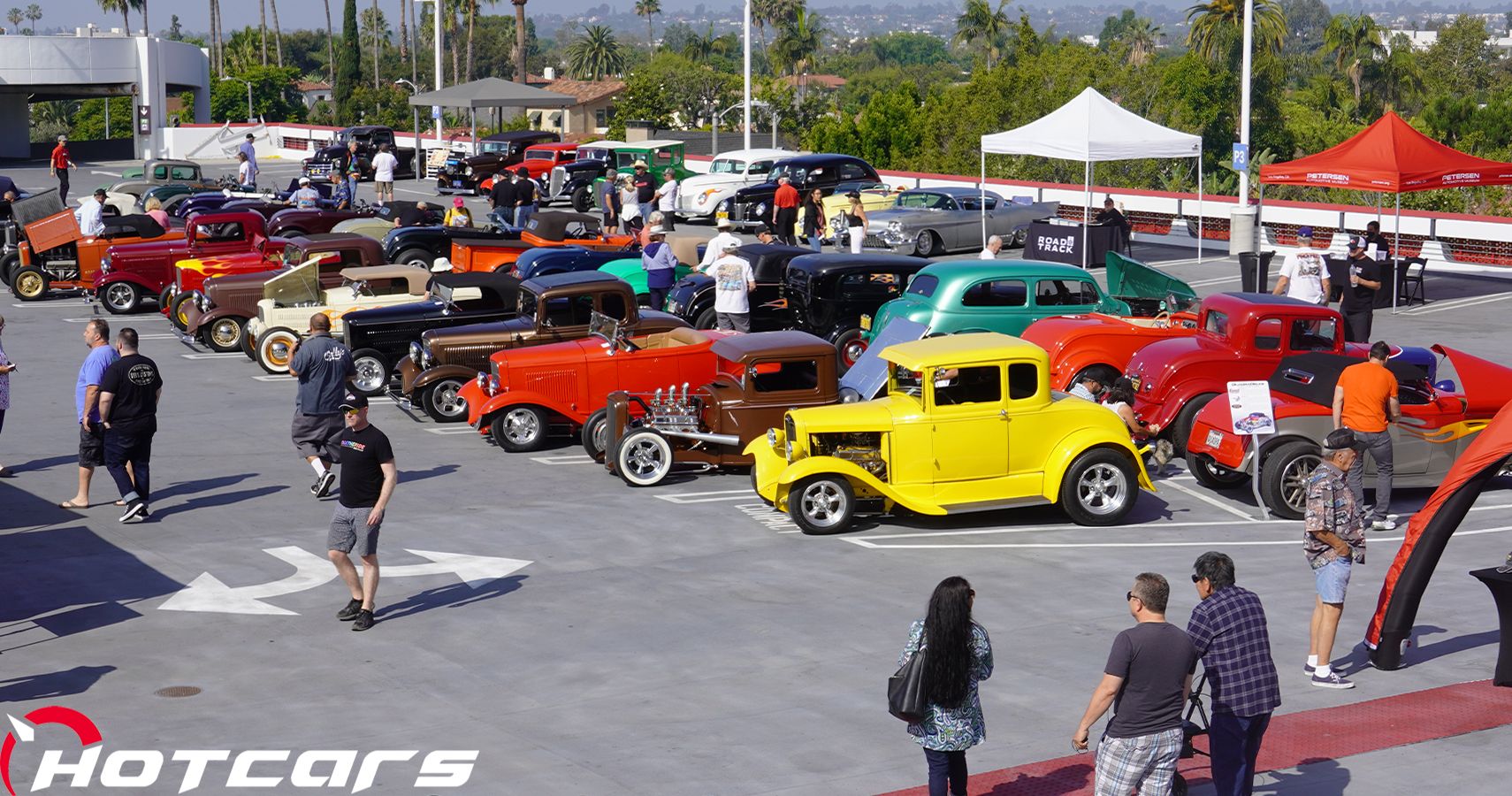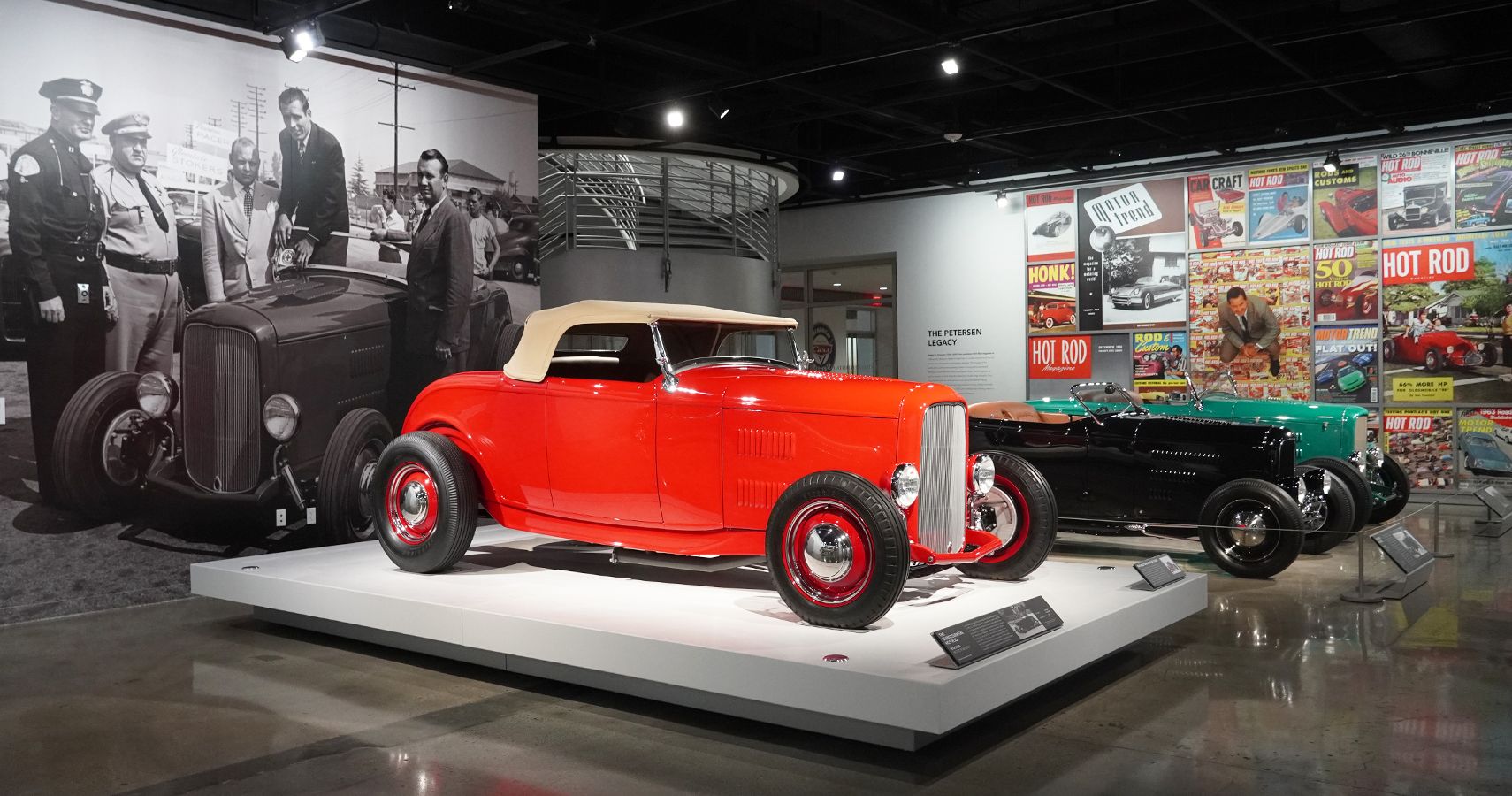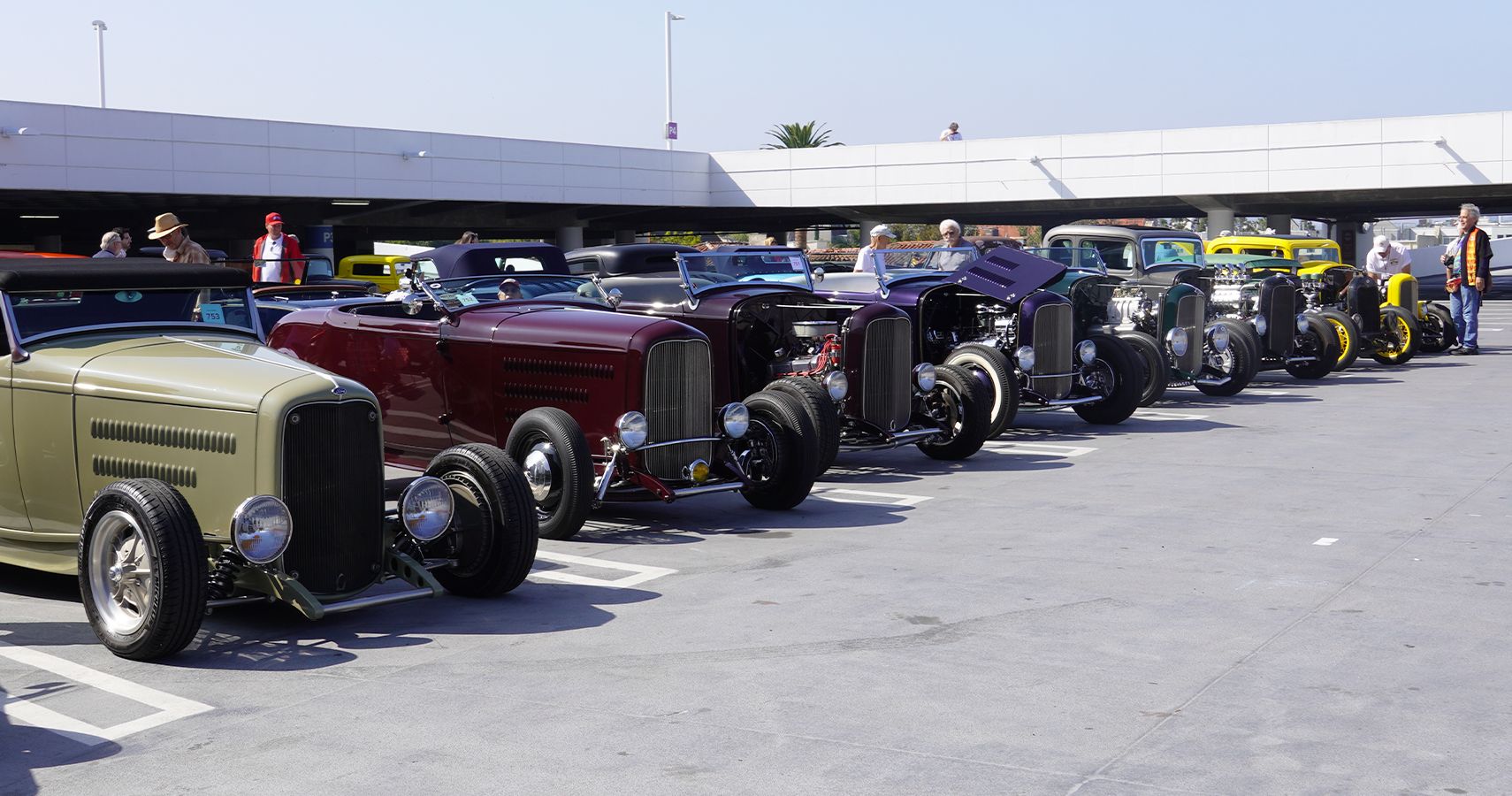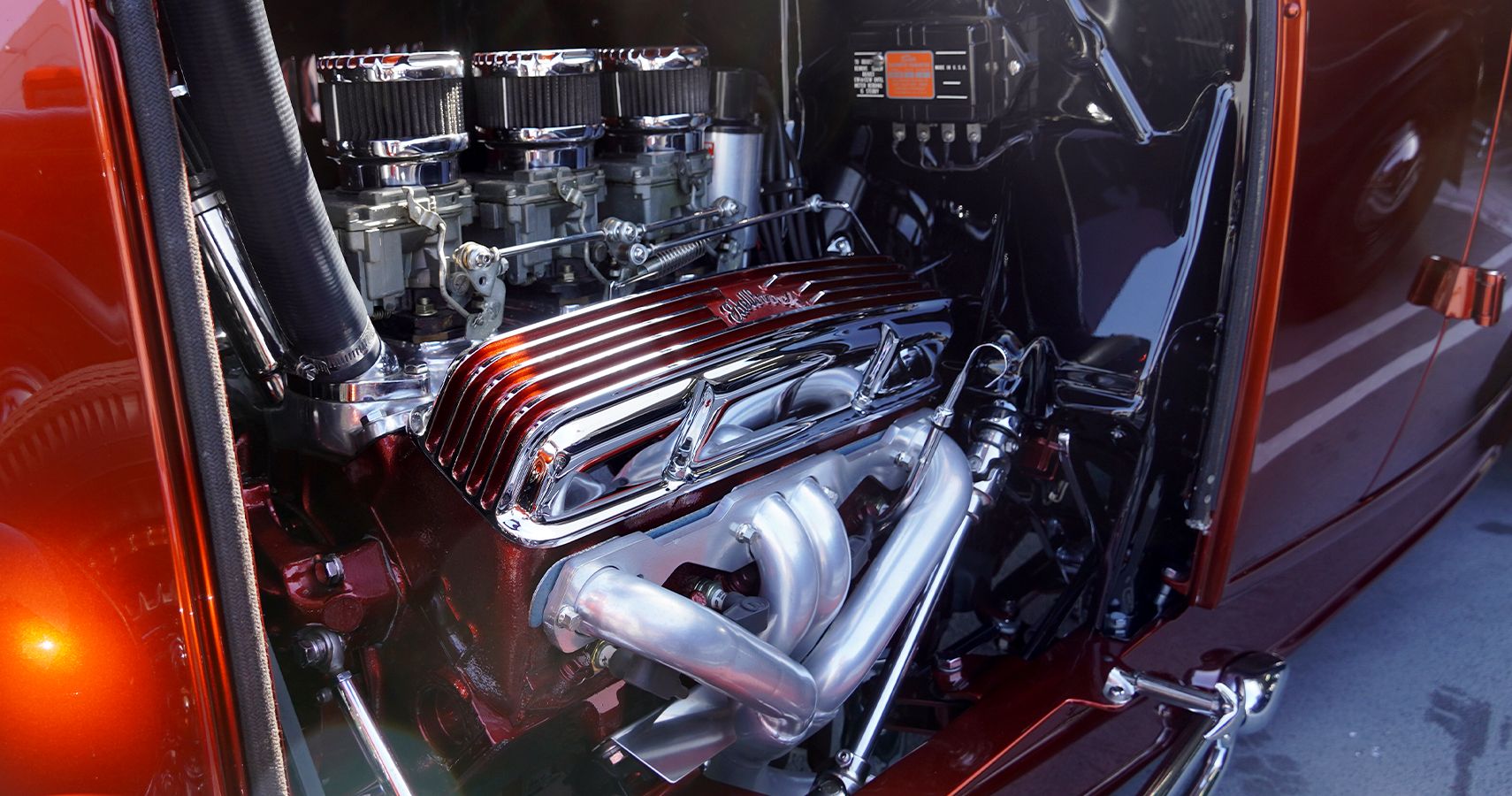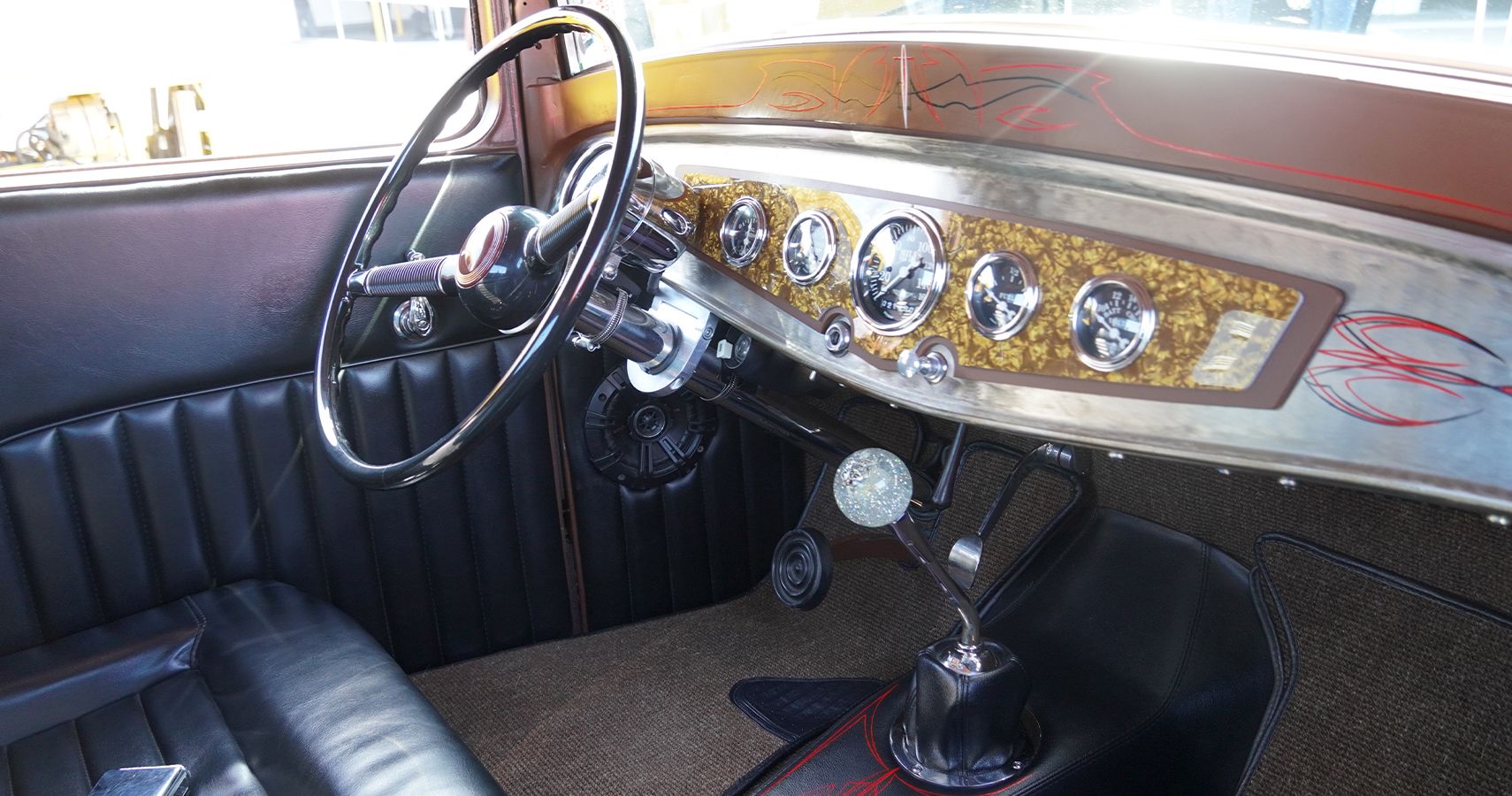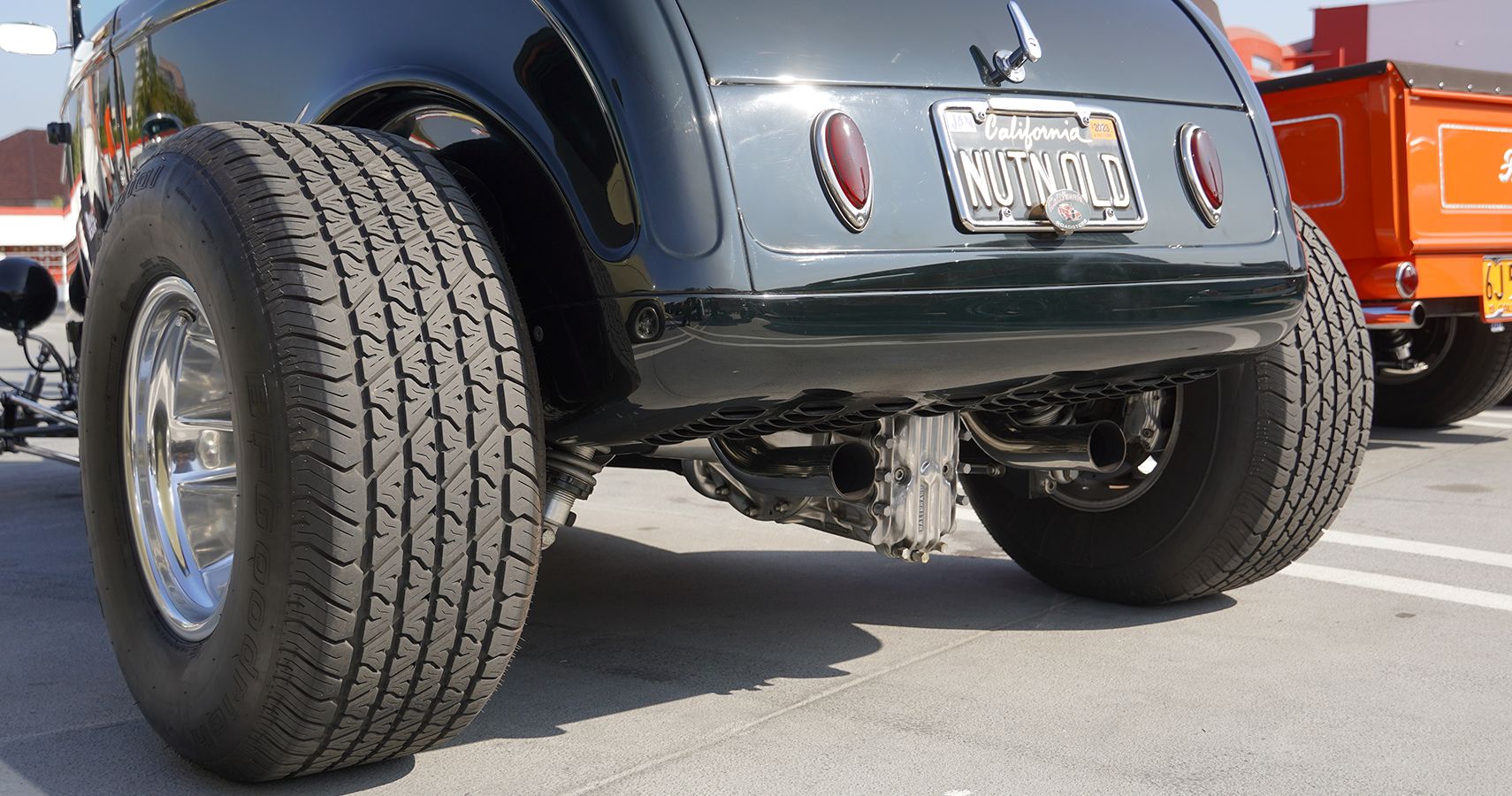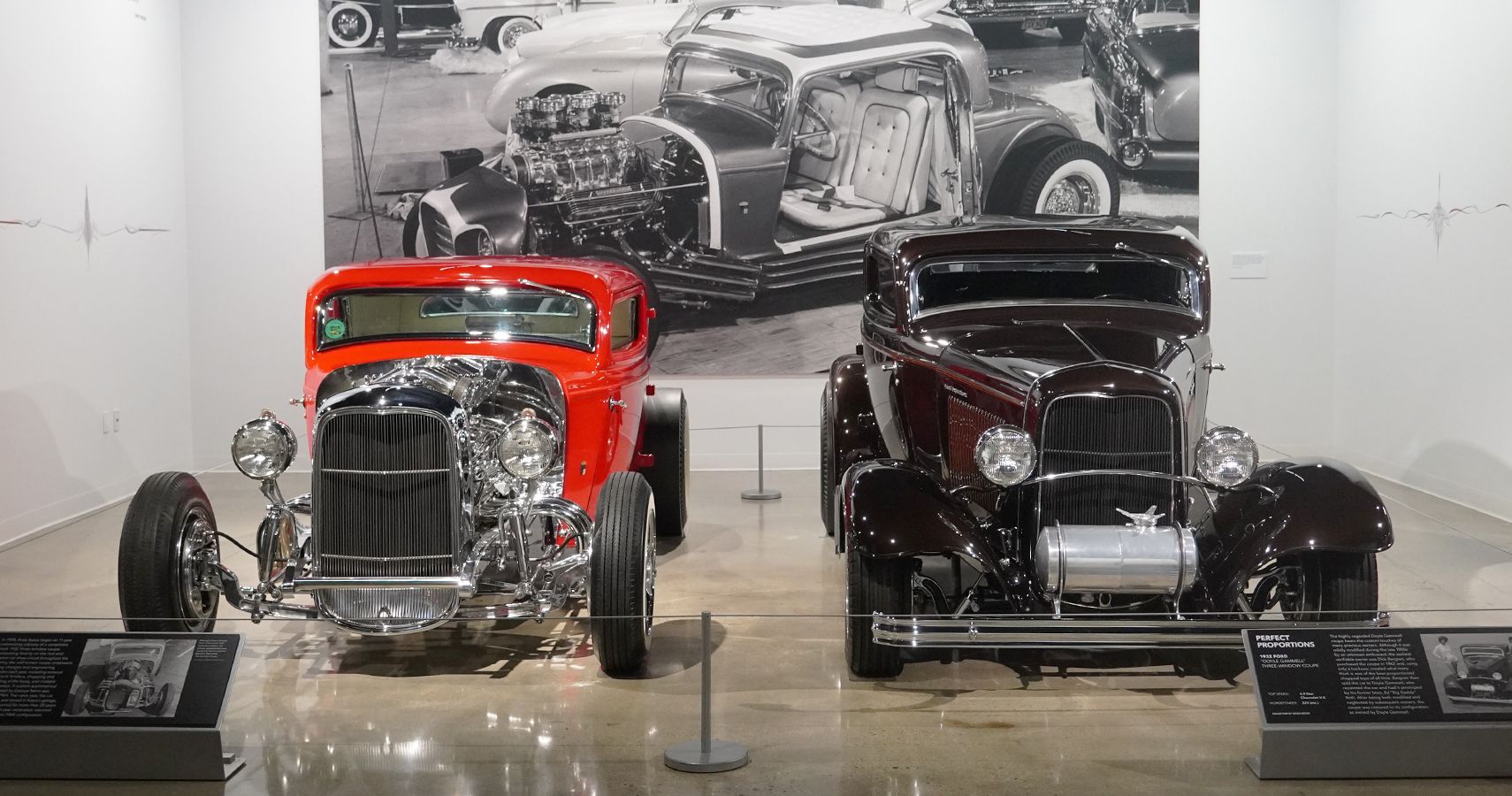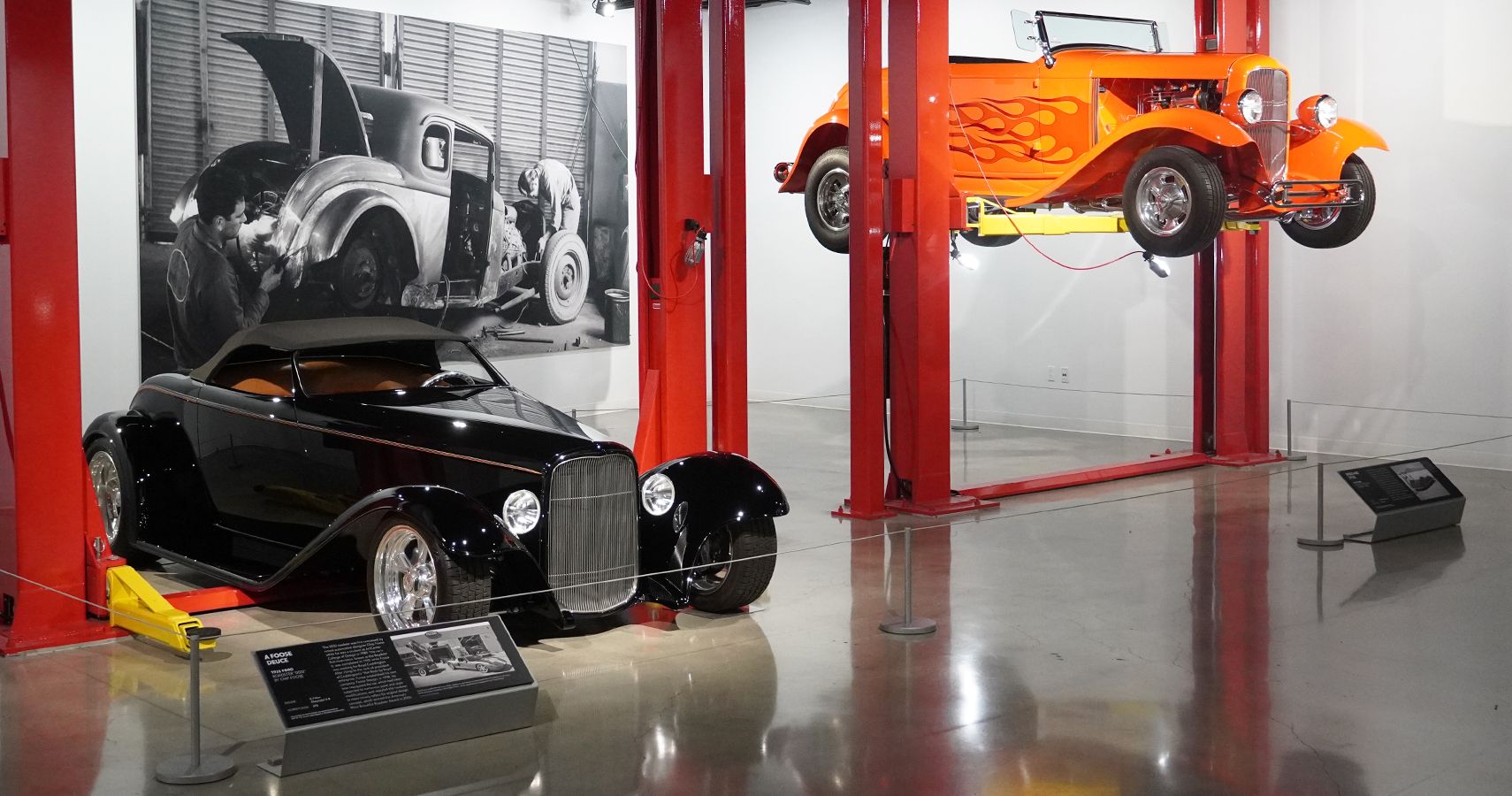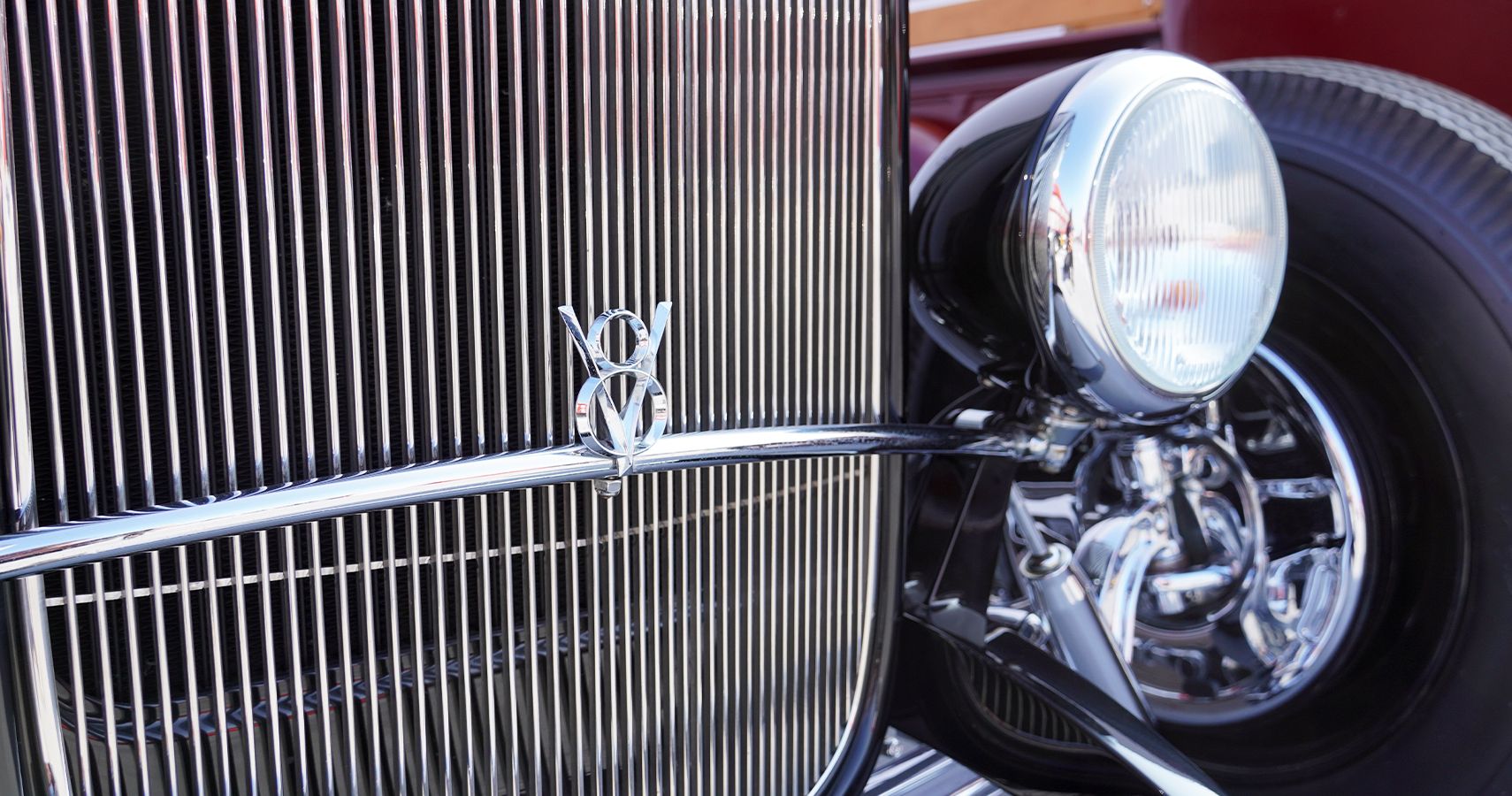The Petersen Automotive Museum in Los Angeles, California, celebrated National Hot Rod Day this past weekend with the grand opening of a new exhibit highlighting 90 years of the 1932 Ford Model 18, known as the "Deuce" that arguably transformed hot-rodding culture forever. June 11 marked National Hot Road Day once more this year, so the Petersen put on a swanky rooftop gala upstairs from the new exhibit featuring food, drink, dancing, ZZ Top guitarist and vocalist Billy Gibbons, and, of course, a few more incredible hot rods.
Then, for a special Sunday Breakfast Club Cruise-In the next morning, a fleet of Deuces dropped in on the Petersen's garage where 250 hot rods registered for the show gathered along with a crowd of fans and even a few enthusiasts dressed to the nines in classic greaser style.
Period Hot-Rodding Over The Decades
Deuce hot rods typically build on the 1932 to '34 Ford Model 18 chassis, preferred to the Model B that sported a smaller four-cylinder engine, with the tall front grille swinging back to open wheels front and rear, plus a variety of different stances attempting to highlight the design's natural lines.
Period builds from the past nine decades—both on display in the Petersen's exhibit and cruising through on Sunday morning—revealed just how much hot-rodding evolves between eras. Personal taste comes into the mix, too, with some builders preferring cherried-out brightwork, immaculate paint jobs, and custom dashes while others go in more of a ratty direction with rust, torn leather, and chopped tops, instead.
Classic Deuces Reimagined
Of course, the Beach Boys' iconic album and title song "Little Deuce Coupe" played over loudspeakers along with the usual fare of automotive-themed tunes, while the automotive assemblage drew onlookers and pleased crowd judging. But the lyrics "You don't know what I got" reference how much performance hot-rodders hope to crank out of a '32 Ford, which hit the market as the first mass-produced, affordable vehicle available with a V8 engine.
That Ford (and Mercury) flathead V8 fits into history as the company's first in-house developed V8 and remains popular among hot-rodders to this day, despite well-known reliability concerns due to Ford's cost-cutting measures like using three main bearings instead of the more typical five to support engine load, plus exhaust ports passing through the cylinder head and transmitting so much heat that excessive cooling and radiator installation became mandatory.
More Power More Better
Plenty of Deuce Coupes and Roadsters arrived with their engine covers completely removed, in classic hot-rod fashion, while the rest naturally opened up their engine bays to reveal sparkling carburetors, polished intake manifolds, and custom exhaust headers—not to mention ancient technology like generators and distributors for those who eschew more modern developments ranging from electronic ignition and injection or alternators when selecting which V8 they want to use. Plenty of builds featured four-cylinders, too, including a couple with Offenhauser valve covers, though others looked like they sported relatively new 5.0-liters from FoMoCo.
All The Custom Details Imaginable
The sheer variety of engine choices, exterior details, and interior design makes a meet mostly populated by a single model year of 90-year-old cars all the more fun. Flames and pinstripes on the outside, chopped roofs and frenched trim, hand-laid dashes and sparkling translucent shift knobs all fit into the mix.
Nothing Old But The Body
To a certain extent, many of the Deuces on hand arrived so customized that only the old Ford steel body remains of the original car. With so much exposed, I checked out custom exhaust tips, drum brake housings, steering components, and differential covers. The variety of wheels, tires, shocks, and springs simply boggled the mind—as my automotive knowledge grows, I discovered just how much I still need to do some reading up on hot rod builds and culture.
The History Of Hot-Rodding
Downstairs in the Petersen provided a perfect moment to escape the sunshine and contemplate the origins of hot-rodding, typically attributed to bootleggers and moonshiners who wanted that Ford V8 power to help outrun cops while hauling hot loads. But the culture developed over the years, evolving into salt-flat racers, Carrera Panamericana entrants, and even movie stars: one of the Deuces at the Petersen showed up in the early Marvel franchise installments Iron Man and Iron Man II (2008 and 2010, respectively) as Robert Downey Jr's Tony Stark instructs his artificially intelligent friend Jarvis to add a bit of hot-rod red to the flying suit of armor that becomes his namesake.
Celebrity Builders Revitalizing Classic Cars
Of course, no hot rod exhibit can be considered complete without an appearance by Chip Foose, largely considered the greatest (and definitely the most famous) hot rod designer alive today. Foose got into the game while still a student at Art Center College of Design in Pasadena, California, and then received tutelage while working for Boyd Coddington. He penned the Boydster II while still working for Coddington, then reacquired the car, redesigned and reworked it after the owners made some changes, and eventually sold what is now known as the '0032' to the Petersen for a large enough sum to allow the purchase of Huntington Beach building that became the headquarters for Foose Design.
Including car lifts in the exhibit allows the Petersen to not only show off some immaculate underbelly mechanicals but also reference the unbelievable amount of time, work, knowledge, and talent that goes into creating some of the world's most famous hot rods.
Analog Driving In A Modern Era
The packed Deuce Gala and Sunday Cruise-In reveal just how strongly hot-rod culture still draws fans, though the older generations represented by Gibbons and plenty of owners in their later years also hint at the particular demographic that grew up enmeshed in, and in love with, the '32 Ford's most iconic eras. Those simpler times and the simpler construction make hot rods of this ilk seem pretty attractive for anyone hoping to start wrenching on a dream build of their own—compared to the Petersen's Hypercars exhibit still running, as well as the electric car collection on display, a Deuce Coupe almost resembles primitive tools as compared to more modern surgical scalpels.
Thanks to nine decades of hot-rodding, not to mention the inspiration available online through social media these days, the Petersen's celebration of Ford's iconic contribution to hot-rod culture provided an entire weekend of engine revs, classic rock, and Americana to celebrate the official National Hot Rod Day.
Sources: petersen.org, nationaldayarchives.com, enginelabs.com, ford.com, and chipfoose.com.

